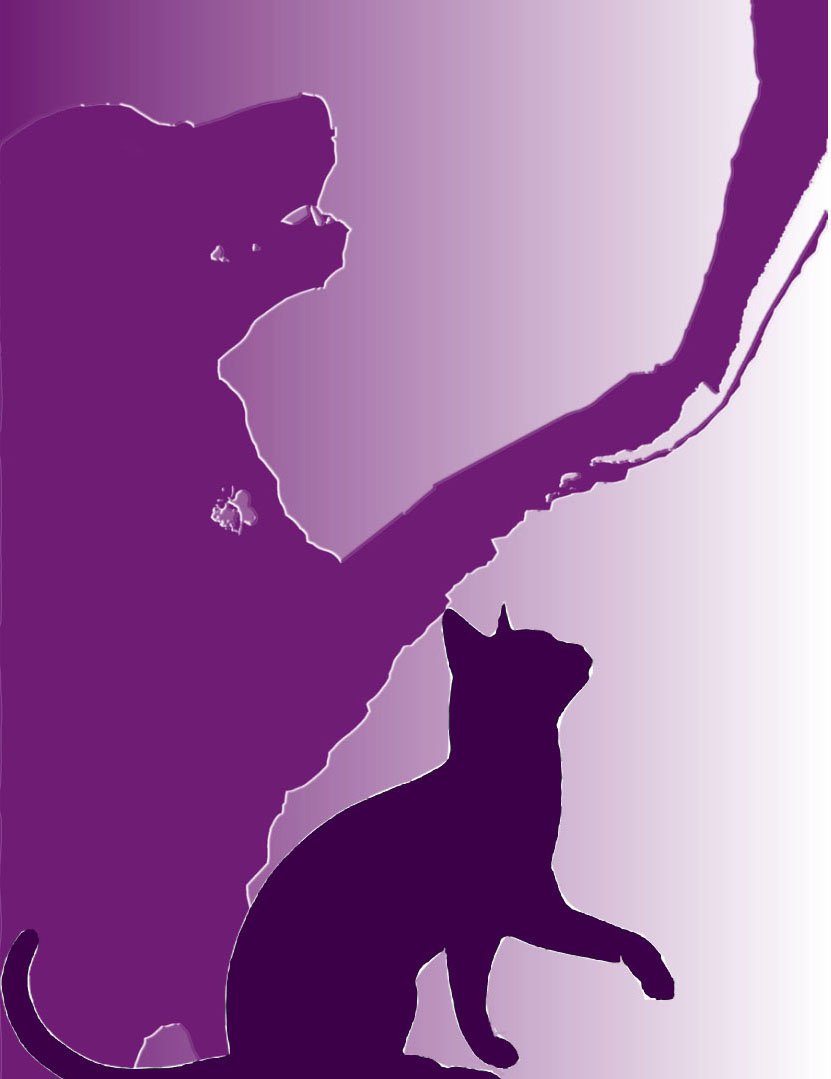A priority often neglected
Have you neglected this important priority with your pet?
Cooperative care training for pet health and grooming procedures
Jamie Flanders CDBC, CFDM, FPPE, CBC
Restraint free blood draw on a French Bulldog.
Everyone at one time or another has probably visited a zoo or aquarium and marveled at all the magnificent yet dangerous wild animals kept there. Have you ever stopped to wonder how the zoo and aquarium staff keep these animals healthy? How do they examine or perform simple veterinary procedures on an animal that's too dangerous to be near without thick steel bars separating you from it?
You may be thinking that they must have to sedate the animal and you would be right some of the time. In many situations sedation would be necessary, however, sedating is more expensive, time consuming and can put the animal at risk. Sedation lowers the heart rate and respiratory rate and requires constant monitoring. It's not a safe or desirable solution for daily husbandry tasks like examining teeth, drawing blood, or trimming claws. How do they do it then? They certainly can't restrain the animal unless they want to loose an limb or their life in the process.
Restraint and sedation free blood draw on a hyena.
The veterinary and training staff in zoos and aquariums use cooperative care. Every day they go in and teach the animal how to participate voluntarily in their own care. They teach hyenas to lift their head and press their neck against the cage so the veterinary staff can take blood from the jugular vein. They teach tigers to lie against the cage so that the veterinary staff can hook their tail and pull blood from the tail vein. They teach polar bears to put their foot in a box to get their claws trimmed. They teach whales to open their mouths so they can have their teeth examined. If all this is possible with dangerous wild animals, why are we not doing this for our own pets?
Dog's have been specially bred to work with humans and yet we are still slapping on a muzzle and piling humans on top of them so they don't squirm away while they get their toe nails trimmed. We are still chasing our cats around the house and fishing them out from under furniture simply because they caught a glimpse of their cat carrier.
For far too long now people have been focusing on the wrong things regarding their pet dogs and giving absolutely no regard to their pet cats. Bring up a google search for dog training and you'll find thousands of trainers offering obedience. Sit, down, stay, and come are some of the first things dogs are trained to do. You can watch hundreds of videos of trainers puffing their chest out while they march 80 feet away from a dog in a down stay. Turn on the television and you can see dogs being paraded around in circles, while crowds of people ooh and aah at their confirmation, and a judge fondles the dog's dangly bits.
All of these fancy obedience skills can be taught literally at any time in the animal's life but tolerating being handled, examined and groomed has a deadline. Your puppy and kitten needs to be taken into a veterinarian at 8 weeks for their first wellness exam and vaccination, your dog's nails and your cat's claws are growing out every hour of every day and will soon need to be trimmed. Your long hair dog or cat will eventually begin matting or become dirty and will need to be bathed and brushed. When the time comes if your dog or cat is uncomfortable, unfamiliar with, or fearful of being handled for these things they will whine, struggle, bite, scratch and try to escape the clutches of the people trying to help them, When the time comes it will not matter how well your dog can sit and stay. Each and every time you or someone else holds your animal down and forcibly tries to care for them they will become more and more sensitized and will eventually need to be muzzled, placed in a cat bag, or sedated for simple things that should be quick and easy just like it is at the zoo.
Cooperative care needs to be the main priority for anyone who owns a pet. Dogs and cats can be taught to cooperate voluntarily in their own care. We are doing our pets a disservice by ignoring this and continuing to put all of our efforts into obedience.


